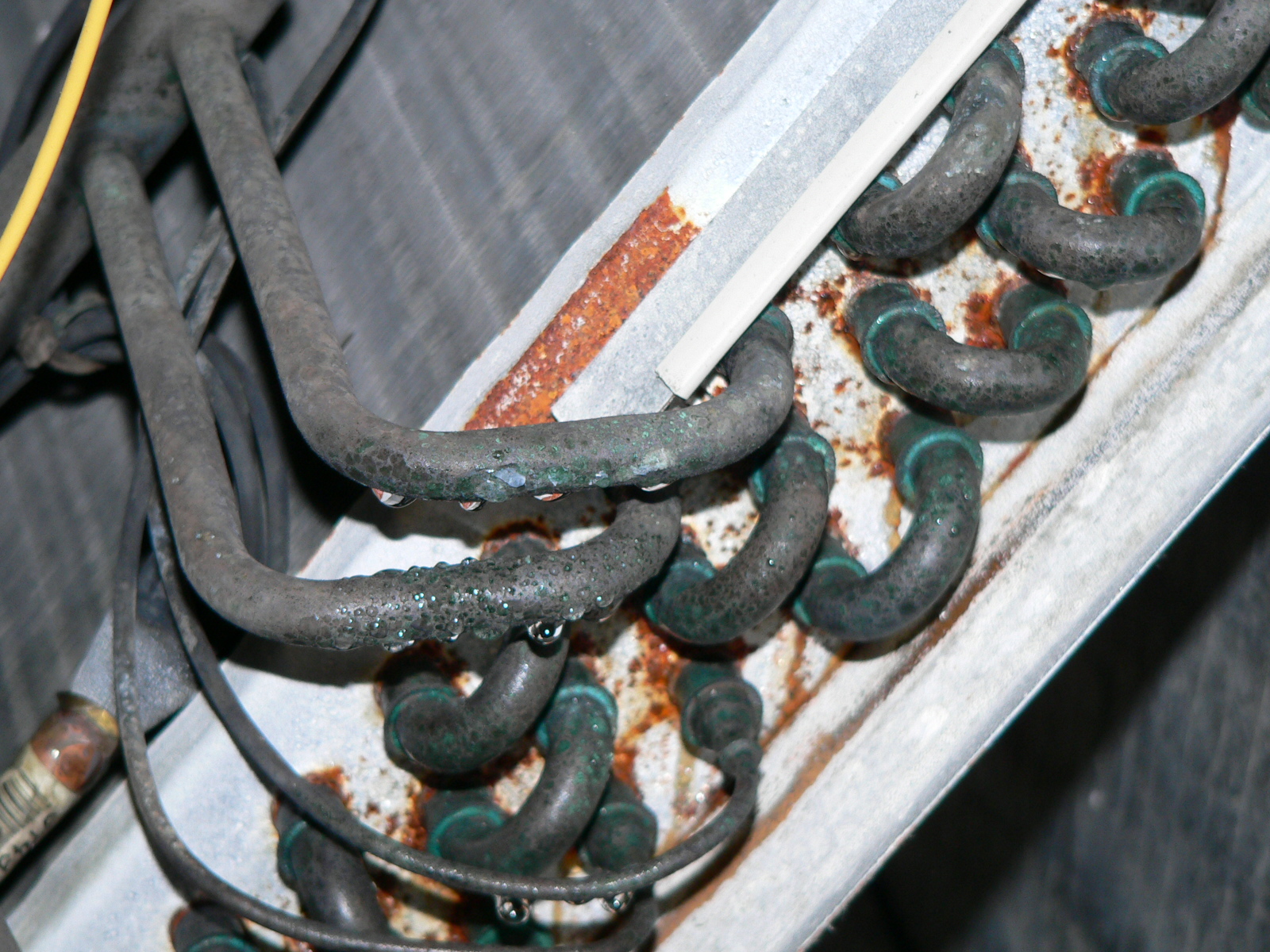Rachael Wakefield-Rann, Life Indoors: How Our Homes Are Shaping Our Bodies and Our Planet (Singapore: Springer, 2021).
PFAS (or per- and poly-fluoroalkyl substances) are a group of around 9,000 individual chemical compounds used in many everyday products to give them heat-, water-, and stain-resistant properties. They are also called “forever chemicals,” as some research suggests they do not breakdown in nature. They have also been associated with a range of adverse human and environmental impacts. See Emiliano Panieri et al., “PFAS Molecules: A Major Concern for the Human Health and the Environment,” Toxics 10, no. 2 (2022). See ®.
Michelle Murphy, “Chemical Regimes of Living,” Environmental History 13, no. 4 (2008): 695–703.
Saheed O. Ajayi et al., “Waste Effectiveness of the Construction Industry: Understanding the Impediments and Requisites for Improvements,” Resources, Conservation and Recycling 102 (September 2015): 101–12.
“Global Status Report for Buildings and Construction 2019 – Analysis,” IEA, accessed September 15, 2023. See ®.
Dimitra Papadaki, Dimitrios A. Nikolaou, and Margarita N. Assimakopoulos, “Circular Environmental Impact of Recycled Building Materials and Residential Renewable Energy,” Sustainability 14, no. 7 (January 2022): 4039.
Downcycling refers to the process whereby a material is recycled into a product of lower quality and functionality than the original product or material.
Murphy, “Chemical Regimes of Living.”
While the definition of “substances of concern” varies between jurisdictions globally, the term broadly refers to substances such as chemicals, pollutants, contaminants, wastes, or radioactive materials that are known or suspected to have an adverse impact on human and/or environmental health.
Jim Vallette and Connie Murtagh, Post-Consumer Polyvinyl Chloride in Building Products: A Healthy Building Network Evaluation for StopWaste and the Optimizing Recycling Collaboration, 2015.
Joseph G. Allen et al., “Elevated Corrosion Rates and Hydrogen Sulfide in Homes with ‘Chinese Drywall,’” Science of The Total Environment 426 (June 2012): 113–19.
Dennis G. Hooper et al., “Isolation of Sulfur Reducing and Oxidizing Bacteria Found in Contaminated Drywall,” International Journal of Molecular Sciences 11, no. 2 (February 2010): 647–55.
Leslie Wayne, “Thousands of U.S. Homeowners Cite Drywall for Ills,” CNBC, October 8, 2009. See ®.
Joseph DiGangi and Kitka Strakova, “Toxic Toy or Toxic Waste: Recycling Pops into New Products,“ IPEN (October 2015). See ®.
Wes Sullens et al., “Optimizing Recycling: Criteria for Comparing and Improving Recycled Feedstocks in Building Products” (Healthy Building Network, 2015). See ®.
Sullens et al., “Optimizing Recycling.”
